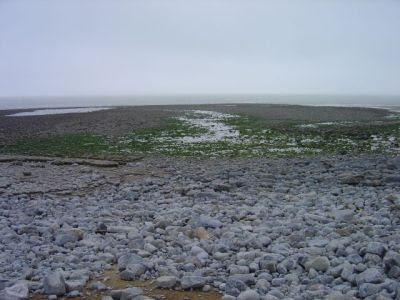Monmouth is a small market town in Wales in the county of Monmouthshire. It is very close to the border of England. The Romans and later the Normans built fortified settlements here and Monmouth is the birth place of King Henry V.
Monmouth today is a popular local tourist destination in the Wye Valley. It has a busy high street with a selection of well known brands and a fair share of independent traders. The statue by the Town Hall is that of Charles Rolls the famous Rolls Royce car makers.
There are some good restaurants, bars and cafes in the town and although parking can be tricky at weekends there are two or three large car parks at each end of the main high street.
For more photos of Monmouth click here or view on You Tube


































